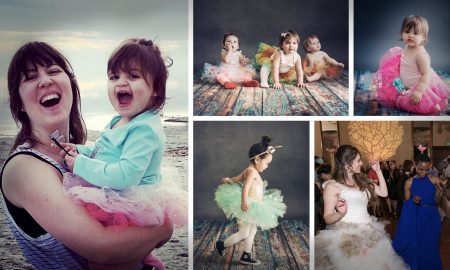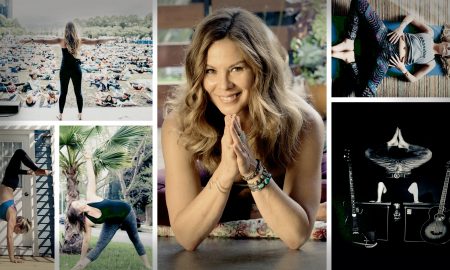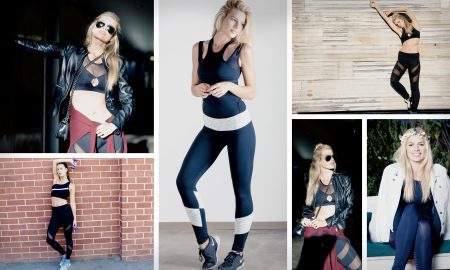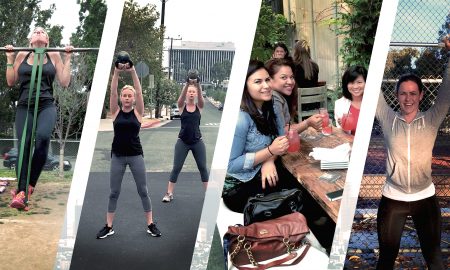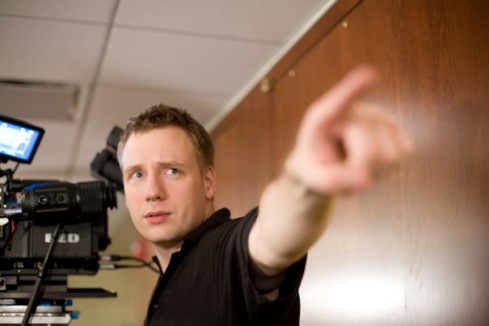

Today we’d like to introduce you to David McLeavy.
David, please share your story with us. How did you get to where you are today?
I started out as a kid with no experience and no resources or connections, but with a desire to make a living doing something related to filmmaking. Knowing exactly zero people in the industry made that an intimidating proposition. I had started my own business at nineteen years old and used that to put together enough money to buy a camera. After getting that and using it to thankfully place highly in a number of filmmaking competitions including Project Green Light and Steven Spielberg’s On the Lot, I went on to direct an indie feature (or long short, as I call it) which garnered millions of downloads and views in a time when viral videos were not really a thing yet, before Google owned YouTube.
Drawn to the condensed storytelling and intense visual opportunities afforded by the world of TV commercials and branding videos, I dove head first into directing and shooting for a wide variety of clients all over the world. As the workload grew, I expanded my team of staff and freelancers and eventually Flow Production and Post was formed. Combining some of the best talents in the production and post-production world, including VFX artists, animators, and editors, Flow aims to bring a level of quality previously only possible through a multivendor approach, but with the ease and convenience of a single vendor production. Flow talent has created content for companies such as The Wall Street Journal, Mercedes Benz, Denny’s, ESPN, Comcast, Aquafina, Nestle and many more.
We’re always bombarded by how great it is to pursue your passion, etc – but we’ve spoken with enough people to know that it’s not always easy. Overall, would you say things have been easy for you?
When it comes to creating content, especially something that can be as nebulous and niche as video production, starting a business can be a Catch 22. Potential clients want to see what you’ve done before, so they feel comfortable hiring you, but it’s hard to find work to do that you can show them because everyone else wants to see the work you’ve done before, too! By a combination of relentless marketing and based on the strength of my personal projects, my regular crew and I were eventually able to secure TV commercial projects early on, including national and worldwide spots from multi-billion dollar companies. By 2010, our commercials had brought in over $100 million in new business to various clients from available metrics.
Another challenge in video production is the ever-changing landscape of technology and expectations of audiences and clients. From the time I started in video production, the world has gone from standard definition analogue footage edited on tape to the advent of consumer-priced 24 frames per second video and Mini DV to the world of 4K and then 8K video. During that same time, the world of commercials has partially moved from television to online, with longer format branding videos, non-standardized run times and formats, and other innovations changing the way video content is utilized. However, the element that never changes is experience, talent and know-how. In the end, it doesn’t really matter what format you’re shooting on, what camera or lenses you’re using or where it’s going to be shown. The right people will make a great project no matter what the circumstances are.
We’d love to hear more about your business.
Flow specializes in high-end video production and TV commercial production for a wide range of quality-focused clients. Our specialty is delivering the kind of polished, effective, top-shelf production quality that you’d expect from a national spot created by a huge company, but with the single point of contact of a turnkey production. This saves our clients having to manage the margins of a variety of vendors that could take away from their bottom line, and allows us to put every dollar possible up on the screen to make sure their final product gets the results they need. We are known especially for our beautiful, dramatic footage that has captured everything from automobiles to athletic wear to cereal.
Generally speaking, many times when a production company shows a potential client a project they’ve done in the past, a lot of the important jobs on those projects were done by either freelancers, subcontractors, or even people who are no longer available to work on the client’s new project. This means that any promises that they will achieve the same level of quality in this new project can be questionable. All of Flow’s work was created by the same staff, so when you sign on to work with them, you’re getting the same directors, DPs, editors, colorists, animators, composers, etc. that have done every other sample project we have shown you.
What were you like growing up?
I was just about always into reading and writing while growing up, but as a kid, I was more focused on math and science overall. I started reading books at four years old and never stopped, and by first grade, I was writing fairly long stories that covered such avant-garde topics as a giant green tentacle monster invading a city and wreaking havoc. I was lucky enough to go to a school that had computers, and I often stayed after school for extracurricular activities that helped me become familiarized with them from an early age (remember, this was the 80’s and computers were not ubiquitous quite yet). I also played a lot of chess, and by second grade I was taking extra courses at a nearby community college, including French and Geology. I was basically interested in everything and got excited about everything.
I always loved movies, and especially film scores. As a kid, I would hold my little tape deck up to the television and record the music from the end credits of movies and then go to sleep while listening to those recordings. I think the constant flow of music into my brain affected my creative process, because to this day I need to listen to music to come up with ideas, sequences, and visuals.
I moved a few times as a kid and depending where I lived my personality was different. When I lived in upstate New York, I was much more outgoing and I easily made friends with my entire class (to be fair, my entire grade was only about fifteen kids). When I moved elsewhere, I found myself more the outcast to a degree, and I lost myself in my creative pursuits partially as a way to compensate for that. I’m glad for that now, though, because that’s the time that I taught myself how to do the things that I do for a living today.
By the time I was 14, I finally got around to directing my first short as a school project. It was a horror film where the main character constantly wakes up only to find out he’s still dreaming, which I learned later had been done before in An American Werewolf in London and maybe other films, but at the time I thought it was an original idea. I edited it using two VCRs, and then I would transfer the sound from the edited VHS tape to a cassette tape in a double deck player. Then I would try to manually record the music I wanted from CDs onto a second cassette tape. Finally, I would then play the source edit from one VCR, dubbed with hand-synched sound from both cassette tapes played at the same time from the deck, and do a fade in and out with a $20 AV mixer I had gotten for Christmas. One thing that editing this way does is teach you discipline because fixing mistakes is pretty much impossible. I think coming from this way of working helped me a lot once I jumped into digital editing later on.
Contact Info:
- Website: http://www.whatisflow.com
- Phone: 877-851-9313
- Email: [email protected]
- Instagram: https://www.instagram.com/flowproductionandpost/
- Facebook: http://facebook.com/flowproductionandpost
- Twitter: https://twitter.com/flowfilmandpost








Getting in touch: VoyageLA is built on recommendations from the community; it’s how we uncover hidden gems, so if you know someone who deserves recognition please let us know here.


